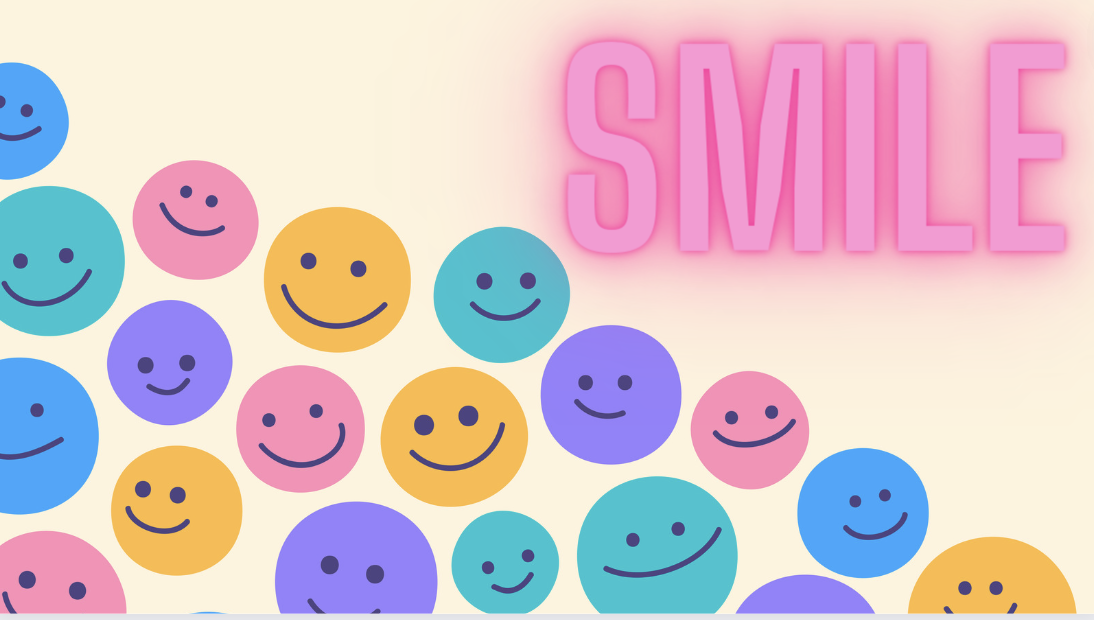Working with adolescent learners is an incredible opportunity to change the trajectory of their literacy lives, particularly those who have disengaged from reading and writing. As adolescents’ brains are still developing, their motivation to engage in reading also remains malleable. This is important, as educators and researchers have found reading motivation to be a critical contributor to reading achievement and building lifelong learners (Becker, McElvany, & Kortenbruck, 2010; Biancarosa & Snow, 2004; Schaffner, Philipp, & Schiefele, 2016).
Developing Reading Motivation
Reading motivation is multifaceted and researchers are striving to better understand how students become motivated and engaged readers. Guthrie and Wigfield (2000) define reading motivation as “the individual’s personal goals, values, and beliefs with regard to the topics, processes, and outcome of reading.”
Researchers are still discovering the multilayered relationship between reading motivation (e.g., thoughts about feelings about reading) and reading engagement (e.g., involvement in reading) in fostering higher reading achievement (Guthrie & Klauda, 2016). To help educators easily remember important areas of reading motivation and engagement to consider when designing instruction, Guthrie and Wigfield (2017) developed the SMILE acronym.

S: Sharing
Making reading a social activity provides an authentic purpose for reading and allows students to collaborate and learn from one another.
M: Me
Reading self-efficacy — or how students perceive themselves as readers — is an important piece of developing motivated readers. Setting personal reading goals with students and providing choice in reading materials are two ways to support and improve students’ sense of themselves as readers.
I: Importance
Sharing the purpose for reading activities helps students see reading as a vehicle for gaining knowledge and finding success.
L: Liking
Developing intrinsically motivated readers may seem daunting. Surveying your students’ interests and selecting reading materials based on those interests, combined with meaningful opportunities for students to make choices about what they read or how they engage in a reading activity, help develop students’ intrinsic motivation.
E: Engagement
How do you keep students engaged in reading? Ensuring you have a variety of text students can and want to read and providing time for students to actually read both promote students’ overall reading engagement.
Given the many contributing variables, it is not surprising that students’ reading motivation and engagement are constantly evolving. This is good news, as students’ motivation to read and learn can change incrementally in one or many areas, providing never ending opportunities to develop motivated readers, writers, and thinkers in your classes.

